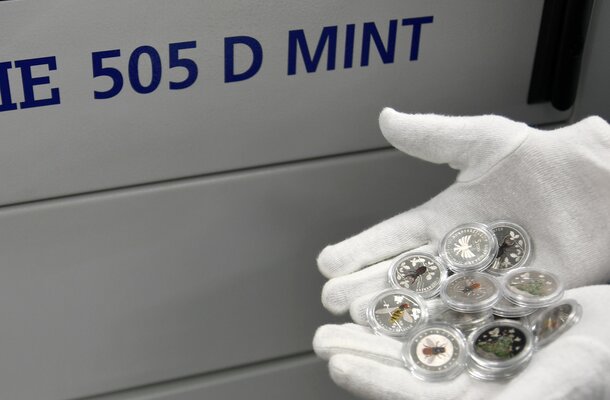There are moments when high-tech not only works - it gives you goose bumps. For example, when you hold a freshly minted 5-euro collector coin in your hand, richly colored with a motif that seems to come to life - and you know that this work of art was created on one of our machines.
Insects on metal – a tiny world of wonders
The “Wonders of Insects” series shows how fascinating minting technology, design, and digital printing can be when combined.
Whether it's a red mason bee, stag beetle, hoverfly, or the insect kingdom – the coloring makes each coin a unique collector's item. And this is exactly where our technology comes into play: With the digital printers of the THIEME Digital Mint series, color is applied directly to the embossed surface in a razor-sharp, opaque, and abrasion-resistant manner – even on highly reflective metal.
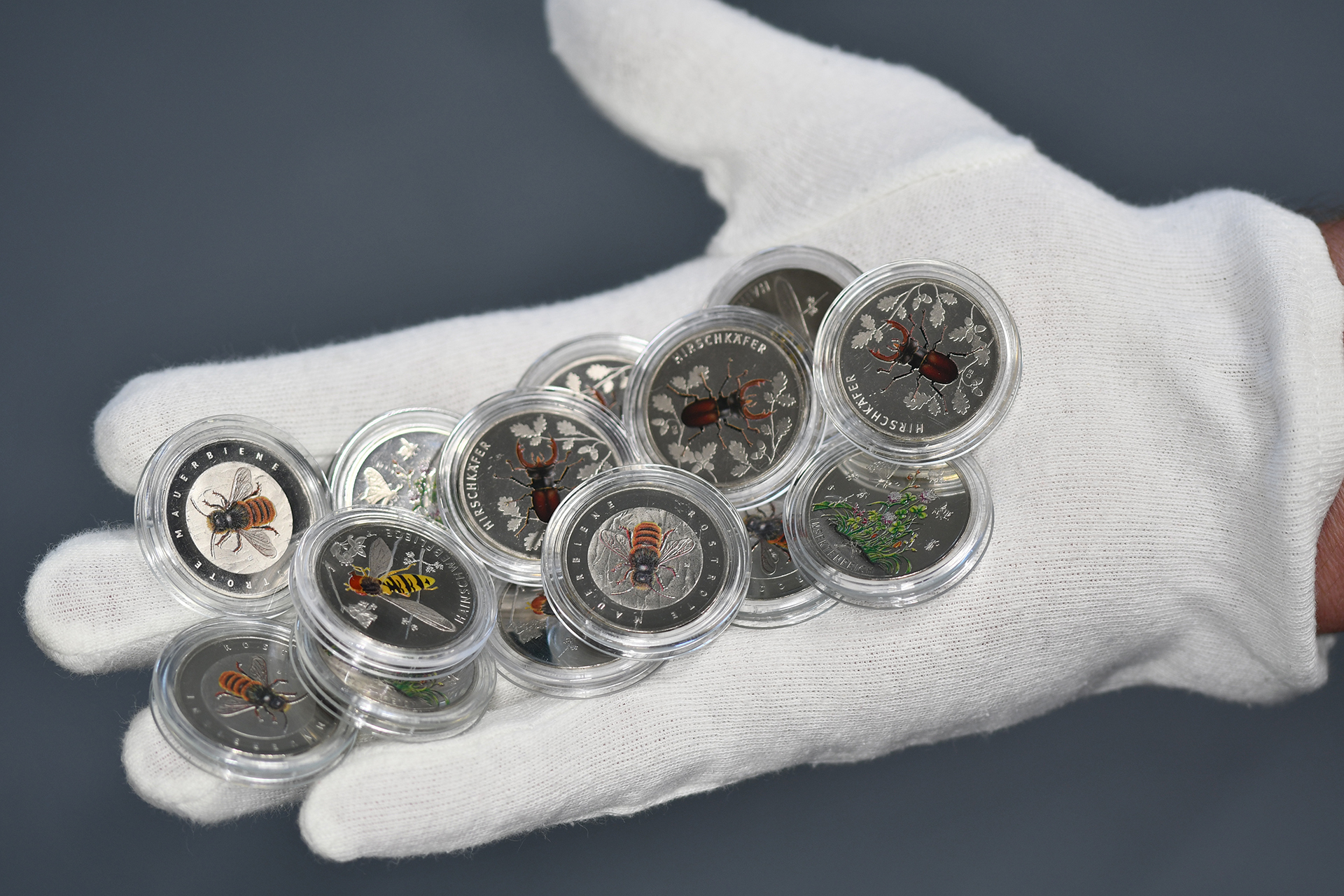
Comparing processes – what really makes the difference
Other providers on the market also rely on digital coin printing with camera-based position detection.
The coins are placed in a tray regardless of their position, the exact position and rotation of each coin is detected by a camera in a separate image processing system, and the print image is individually adjusted – i.e., automatically aligned and precisely positioned.
Printing is then carried out on the entire tray – however, the position of the coins must not change after detection. These systems are fundamentally functional, but even small coin shifts in the tray can lead to misprints.
In addition, detection and printing take place in separate system sections – after camera detection, the tray must first be removed and then inserted into the printing unit. This leads to a longer production cycle due to additional steps such as:
- Insertion into the camera system
- Longer capture and processing time
- Removal and transfer to the printing machine
This interruption in the cycle not only increases the time required, but also the demands on manual or semi-automatic handling.
THIEME Digital Mint: Stable process, variable integration
With our tray systems, coins are also inserted regardless of their position, fixed in place by vacuum, and their exact position is detected by camera, and the print image is individually adjusted for each coin—i.e., automatically aligned and precisely positioned.
What sets our solution apart is the integrated system, which is designed for maximum process reliability:
- Reliable tray handling, coordinated with the entire work cycle – with the advantage that position detection and printing take place in the same machine.
- The exact position of each coin remains unchanged, so that the print image can be applied precisely and accurately – without any additional mechanical fixation or readjustment.
- Stable printing platform that ensures the exact position during the printing process
- Efficient workflow, from loading to detection to output – all based on a single system concept heraus
In addition, for higher degrees of automation, we offer autoloader systems in which the trays are automatically transferred from a magazine trolley, processed in the system, and then returned to a magazine trolley.
This enables fully automated, line-integrated production with minimal manual intervention – ideal for industrial applications, standardized processes, and larger series.
Whether manually operated tray system or fully automatic autoloader:
THIEME Digital Mint stands for precision, integration capability, and robust implementation – regardless of whether for individual pieces or series production.
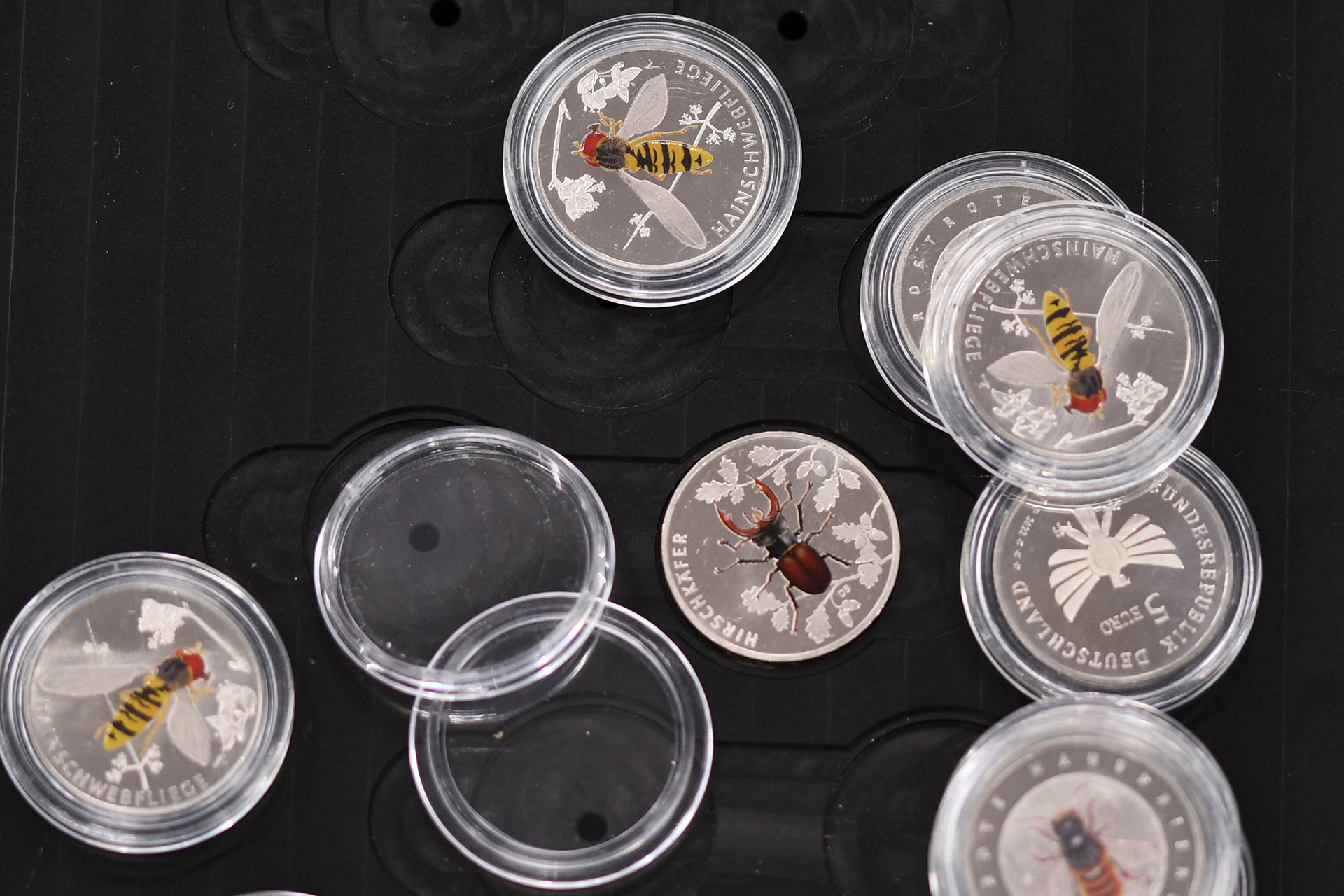
And then there is pad printing...
Another common method is classic pad printing. However, it has significant disadvantages when it comes to high-quality, reproducible, and flexible coin printing:
- Limited ink quantities per print run
- No fine color gradients or multi-layer effects possible
- High cleaning and maintenance costs (pads, clichés, ink)
- Fluctuating quality for larger print runs
- Every motif change = additional setup costs
- High ongoing cliché costs
Pad printing quickly reaches its limits, especially for collector coins with changing motifs, small print runs, and high demands on color accuracy.
When technology is more than just a process
What drives us is not just precision.
It is the excitement of seeing an idea come to life. When a coin is not just a means of payment, but a stage for color, history, and emotion.
And that's exactly why it's such a special moment when we hold one of these coins in our hands.
Because we know that this coin was produced on a printer from the THIEME Digital Mint series.
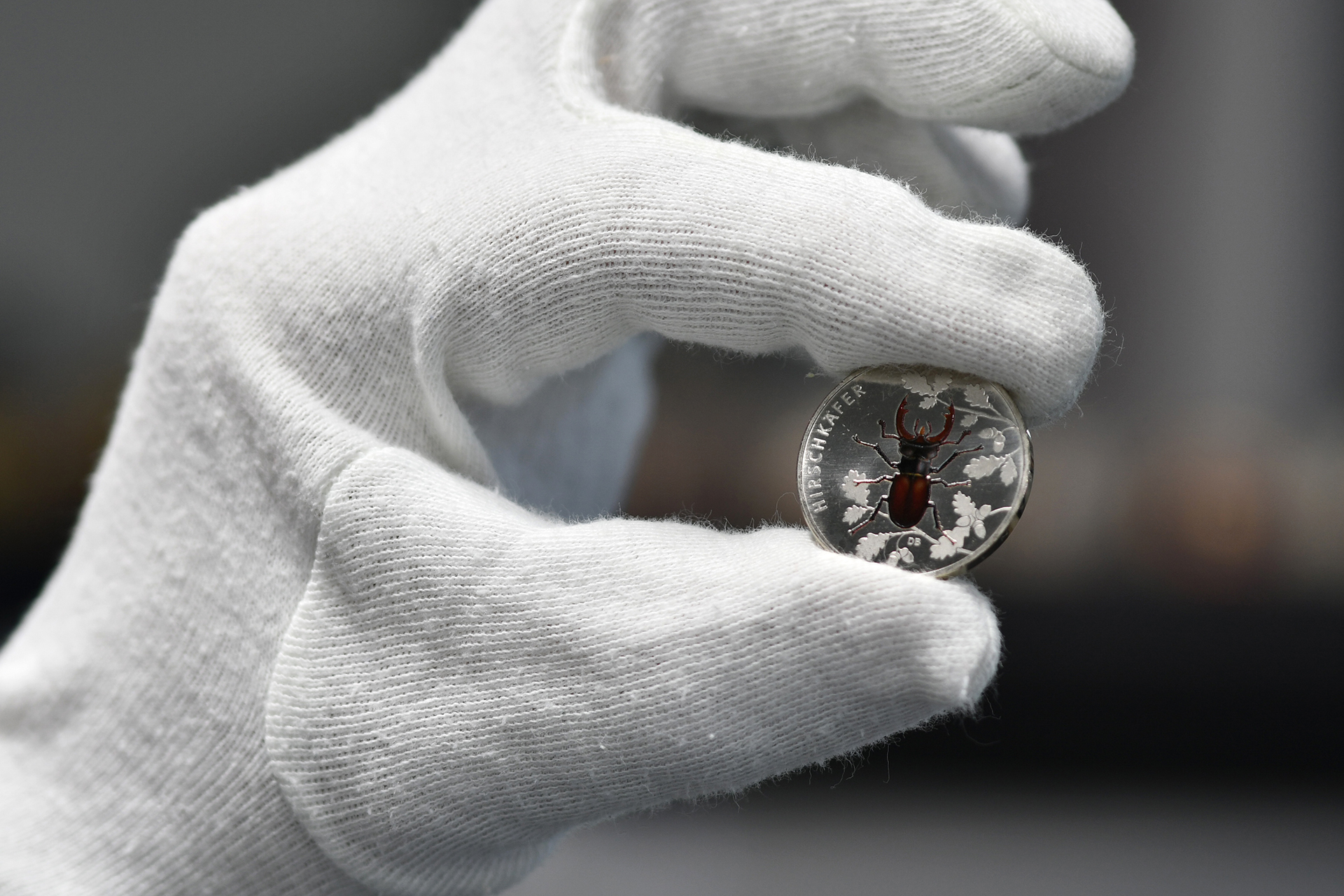
You can find more information about coloring coins here:
The last 3 blog entries
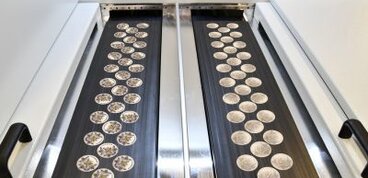
Inkjet-system revolutionises the coloring of coins and medals
May 12, 2025
Read article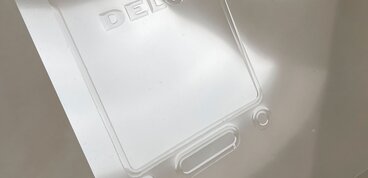
Adhesive printing in digital printing
Apr 18, 2024
Read article
Combined expertise in a dynamic duo
Aug 16, 2023
Read article
